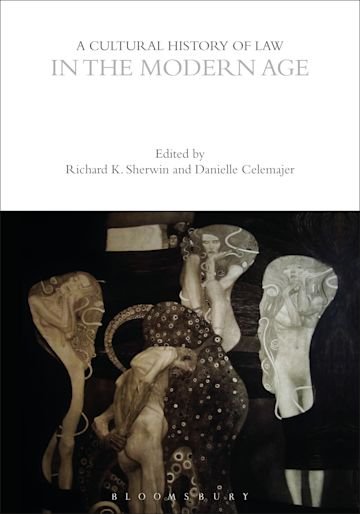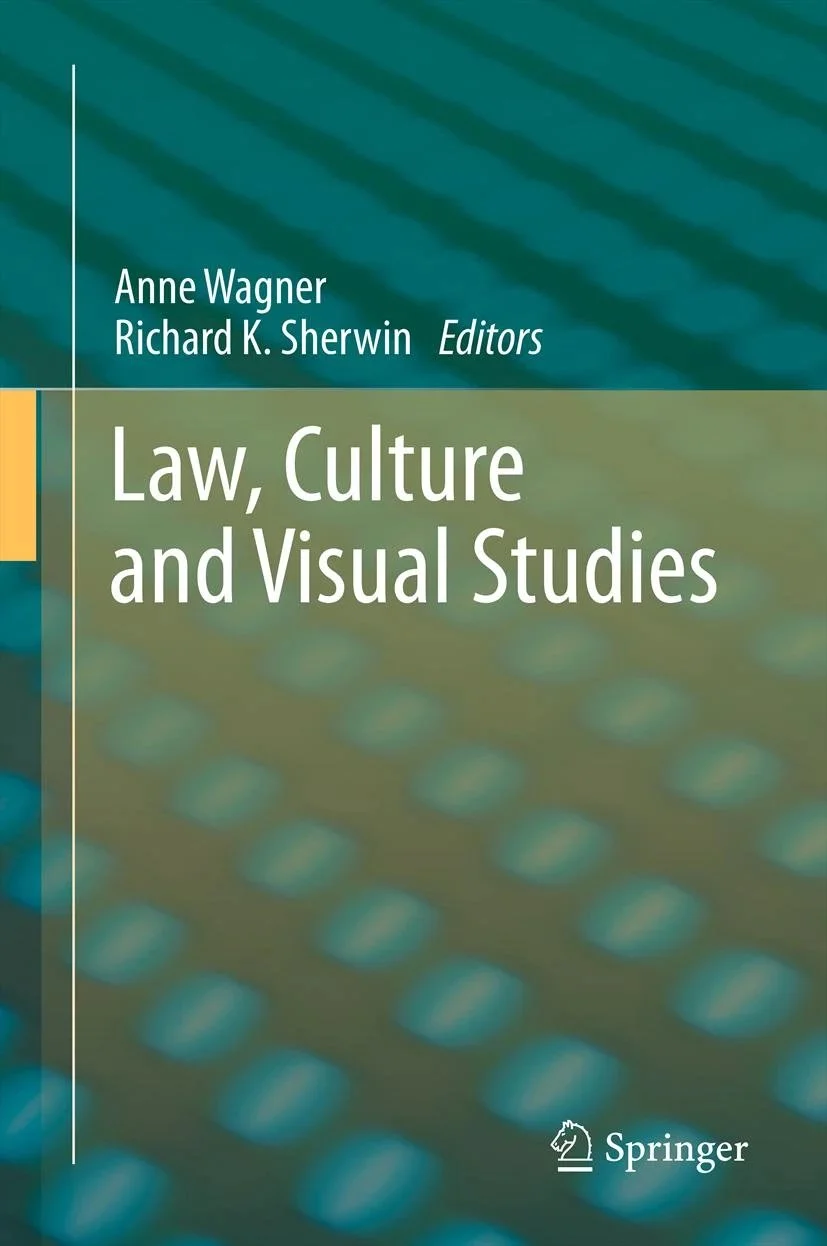The period since the First World War has been a century distinguished by the loss of any unitary foundation for truth, ethics, and the legitimate authority of law. With the emergence of radical pluralism, law has become the site of extraordinary creativity and, on occasion, a source of rights for those historically excluded from its protection.
A Cultural History of Law in the Modern Age tells stories of human struggles in the face of state authority – including Aboriginal land claims, popular resistance to corporate power, and the inter-generational ramifications of genocidal state violence.
The essays address how, and with what effects, different expressive modes (ceremonial dance, live street theater, the acoustics of radio, the affective range of film, to name a few) help to construct, memorialize, and disseminate political and legal meaning.
Provides a comprehensive theoretical and analytical overview of legal visual semiotics
The only available work on the current state of legal visual semiotics
Highlights the interdisciplinary nature of legal visual semiotics
Fills the gap between law, semiotics and visuality
What are the consequences when law's stories and images migrate from the courtroom to the court of public opinion and from movie, television and computer screens back to electronic monitors inside the courtroom itself? What happens when lawyers and public relations experts market notorious legal cases and controversial policy issues as if they were just another commodity? What is the appropriate relationship between law and digital culture in virtual worlds on the Internet?
In addressing these cutting edge issues, the essays in this volume shed new light on the current status and future fate of law, truth and justice in our time.


